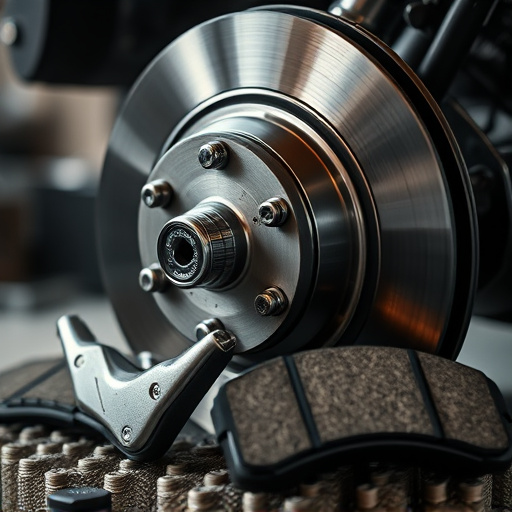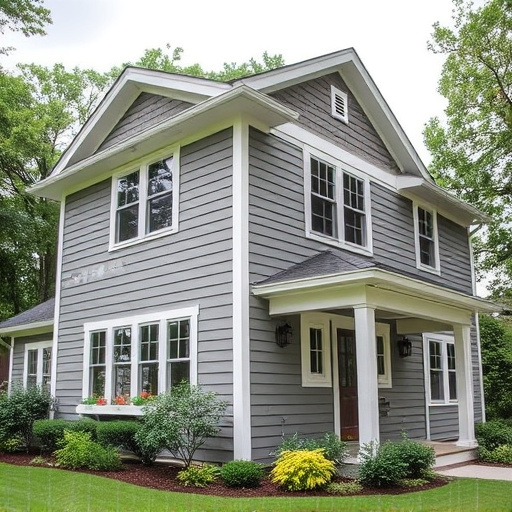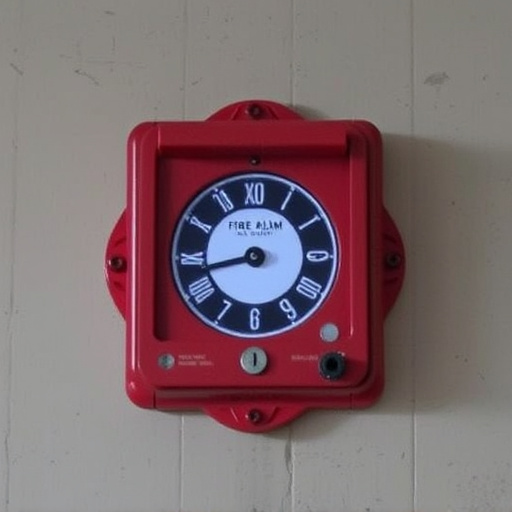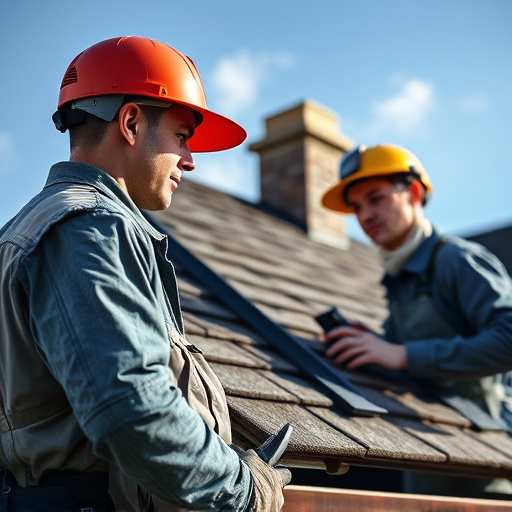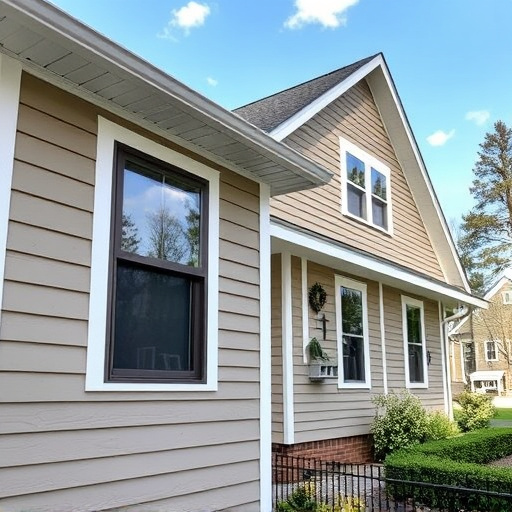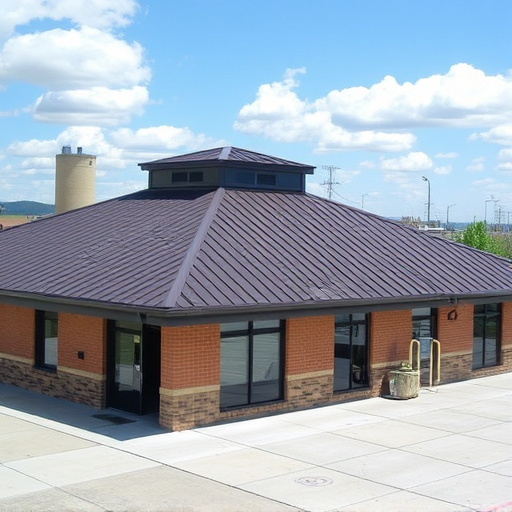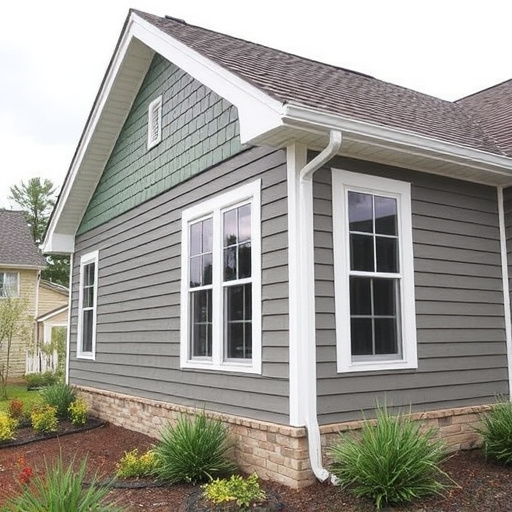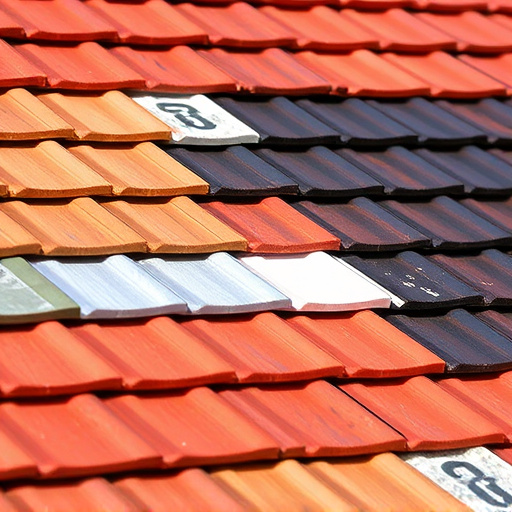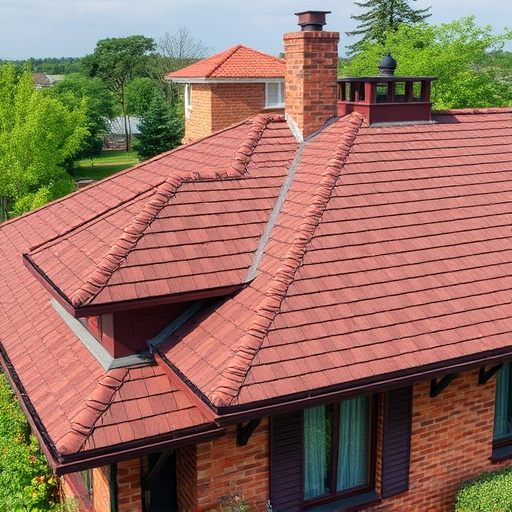Choosing the right siding materials for historic homes is vital to balance preservation of architectural integrity and aesthetic appeal with modern functionality. Professionals opt for durable, low-maintenance composite options that mimic historical styles while offering advanced resistance to moisture, pests, and extreme temperatures. Considering regional climate, original siding on similar structures, and consulting historical societies ensures longevity and authentic character of restored properties.
Choosing the right siding materials for historic home restorations is a delicate balance between preservation and modern functionality. This article guides you through understanding the significance of siding in these restorative projects, exploring traditional and modern options, and highlighting crucial factors to consider. From wood to vinyl, brick to fiber cement, discover the best siding for your historic property, ensuring both authenticity and longevity. Learn how to navigate this essential decision, preserving architectural heritage with contemporary solutions.
- Understanding the Importance of Siding in Historic Home Restorations
- Exploring Traditional and Modern Siding Materials
- Factors to Consider When Choosing the Best Siding for Your Historic Property
Understanding the Importance of Siding in Historic Home Restorations
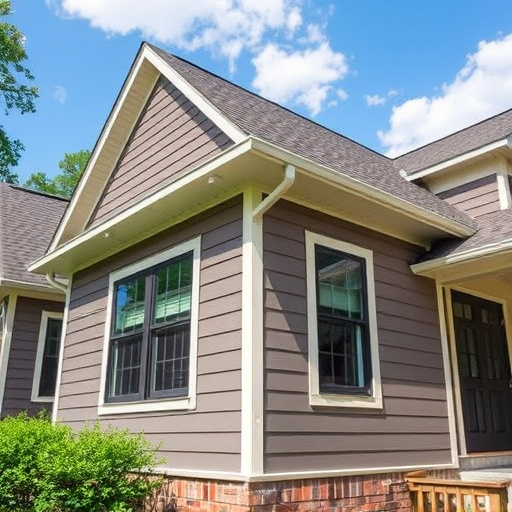
Choosing the right siding materials for historic home restorations is paramount as siding plays a pivotal role in preserving the building’s architectural integrity and aesthetic appeal. In many cases, historic homes boast unique architectural styles that demand specific types of siding to maintain their original charm. The wrong siding choice can disrupt the harmonious design, sacrificing both historical accuracy and visual harmony.
Restoring these structures often involves balancing the need for durability, low maintenance, and authenticity. Home exterior services professionals understand that storm damage repair may be a concern, making robust yet historically sensitive siding materials crucial. Beyond simply protecting against elements, proper siding enhances energy efficiency, reduces noise pollution, and contributes to the overall longevity of the property, ensuring that these beloved historical homes remain standing for generations to come. When considering roofing and siding options, it’s essential to select materials that both respect the home’s heritage and cater to modern-day requirements.
Exploring Traditional and Modern Siding Materials
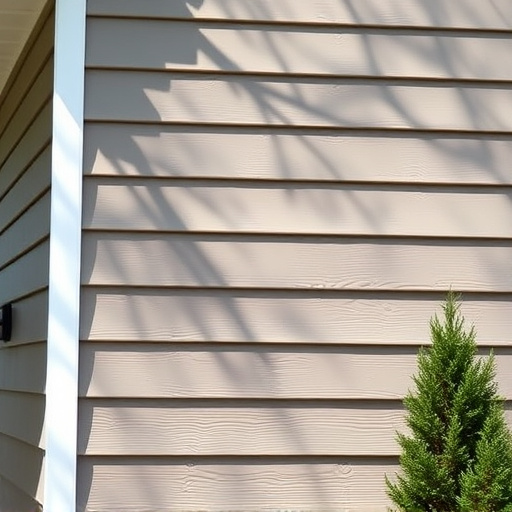
When exploring options for siding materials in historic home restorations, it’s essential to strike a balance between preserving authenticity and incorporating modern functionality. Traditional siding materials like wood, vinyl, and fiber cement offer distinct aesthetics that can enhance the charming character of older homes. Each material has its unique benefits: wood adds warmth and natural beauty, vinyl is known for low maintenance and durability, while fiber cement mimics the look of wood without the potential issues associated with rot or pest damage.
However, modern siding materials also play a crucial role in contemporary restoration projects. Innovatives like composite materials combine the best qualities of various traditional options, offering superior resistance to moisture, pests, and extreme temperatures. These advanced siding solutions can be tailored to mimic historical styles while ensuring better energy efficiency and reduced maintenance requirements compared to older materials. Considering both traditional charm and modern performance during siding installation or roof repair will ultimately contribute to a successful historic home restoration.
Factors to Consider When Choosing the Best Siding for Your Historic Property
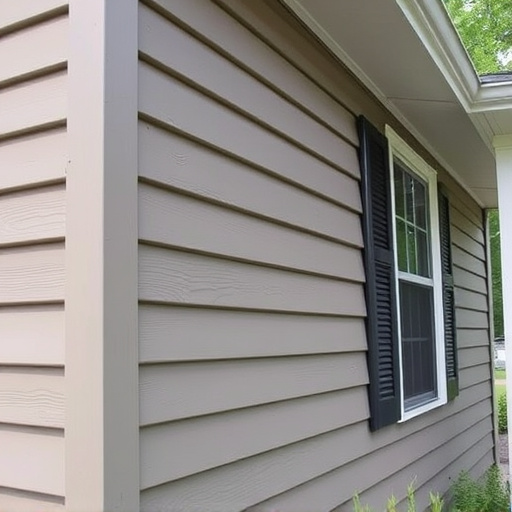
When restoring a historic home, selecting the right siding materials is paramount to preserving the property’s authentic character and architectural integrity. Several factors must be taken into account to ensure the chosen material aligns with both historical accuracy and practical considerations. Firstly, consider the original siding on similar historic structures in the area. Matching the style, color, and texture can help maintain the home’s period appeal. Traditional materials like wood, vinyl, or stone are often preferred for their aesthetic value and ability to withstand the test of time.
Additionally, consult with local historical societies or architectural experts who can provide guidance on suitable options. The climate is another critical aspect; choosing weather-resistant materials that align with your regional climate patterns is essential for long-term performance. Durability, low maintenance, and energy efficiency are key benefits to consider in residential roofing and siding. Ensure the selected material complements the overall design while offering the necessary protection against elements, ensuring the longevity of the historic property’s new look.
When restoring a historic home, selecting appropriate siding materials is crucial. Balancing aesthetic accuracy with modern performance requires careful consideration of traditional and contemporary options. By understanding your property’s unique needs and exploring various siding materials, you can ensure a successful restoration that preserves the past while meeting present-day standards. The right choice will not only enhance the home’s beauty but also contribute to its longevity.
